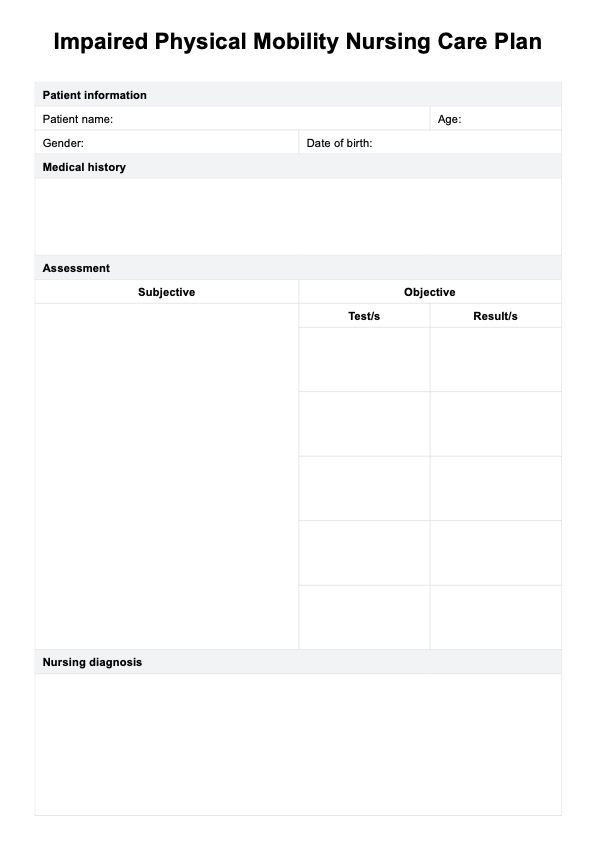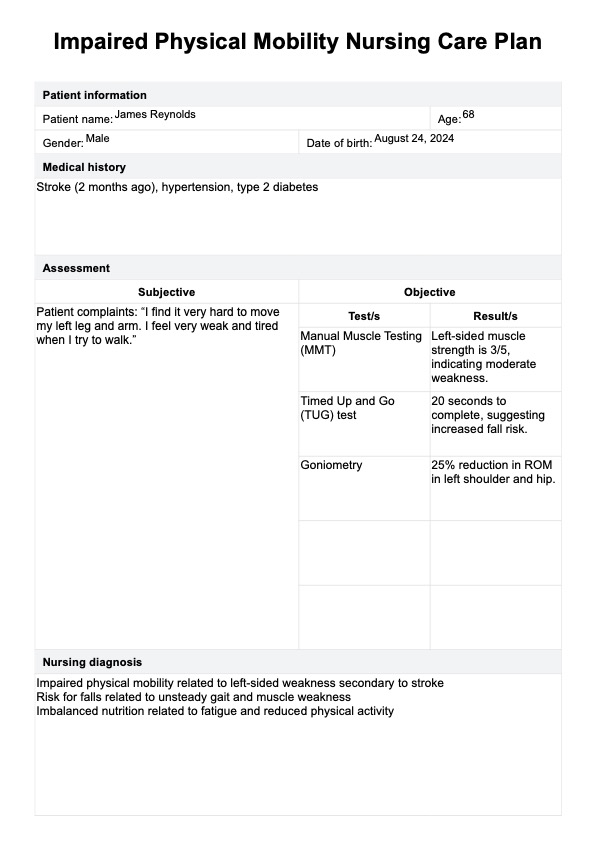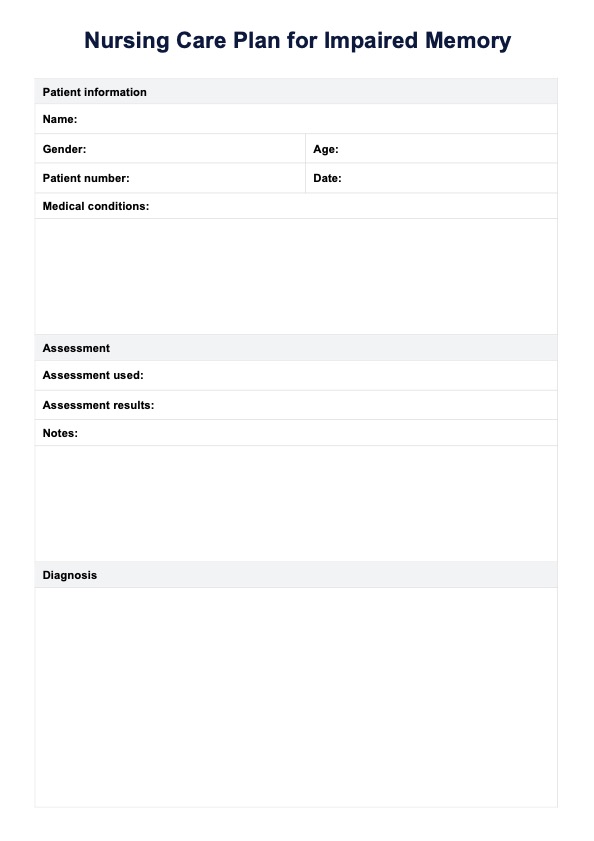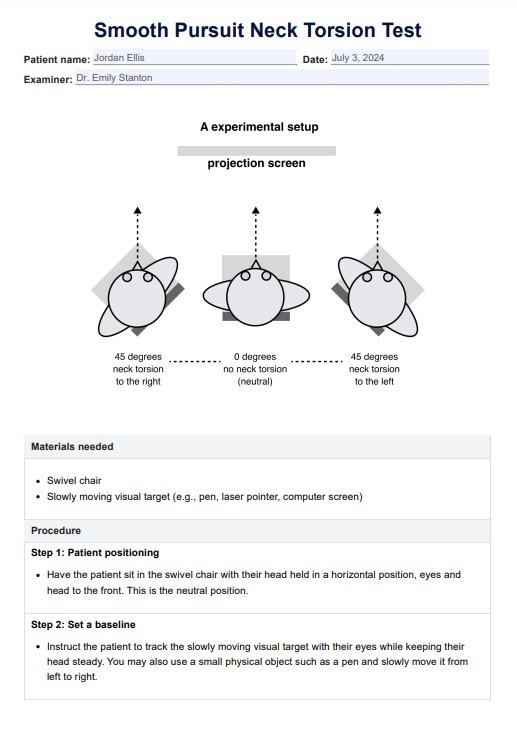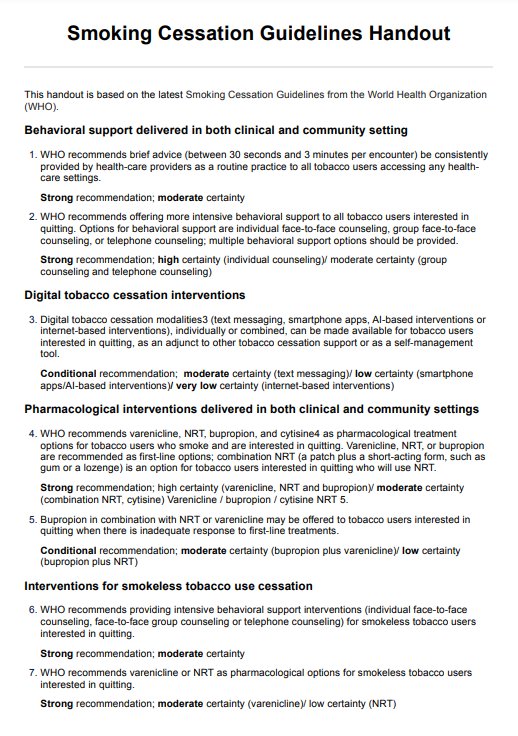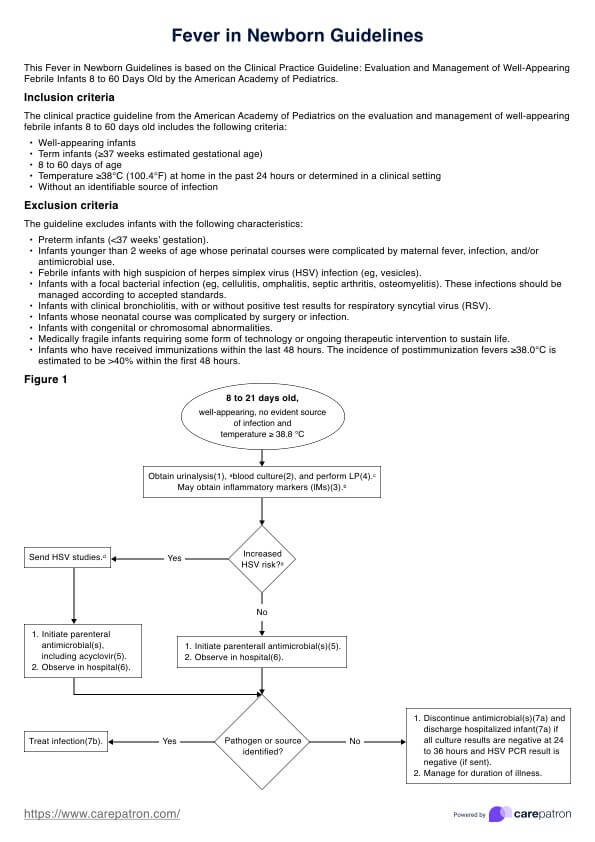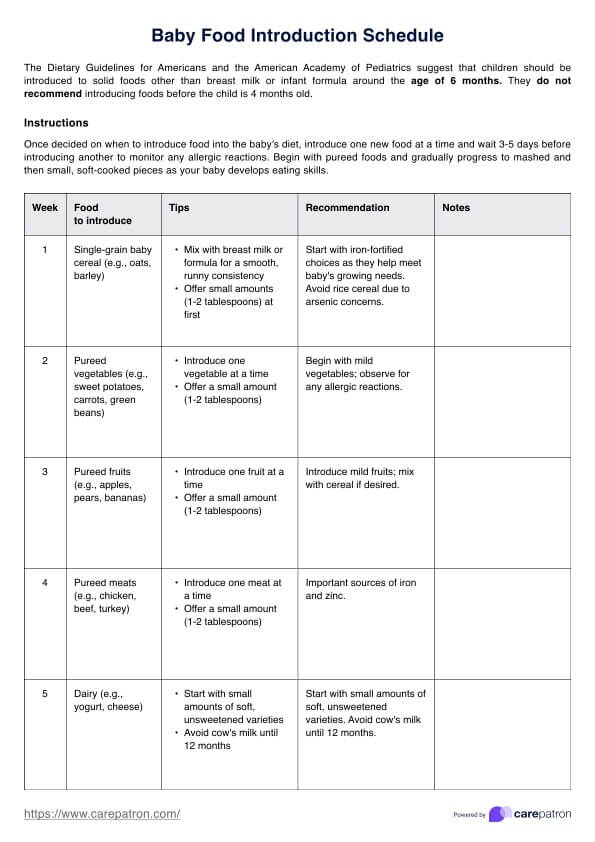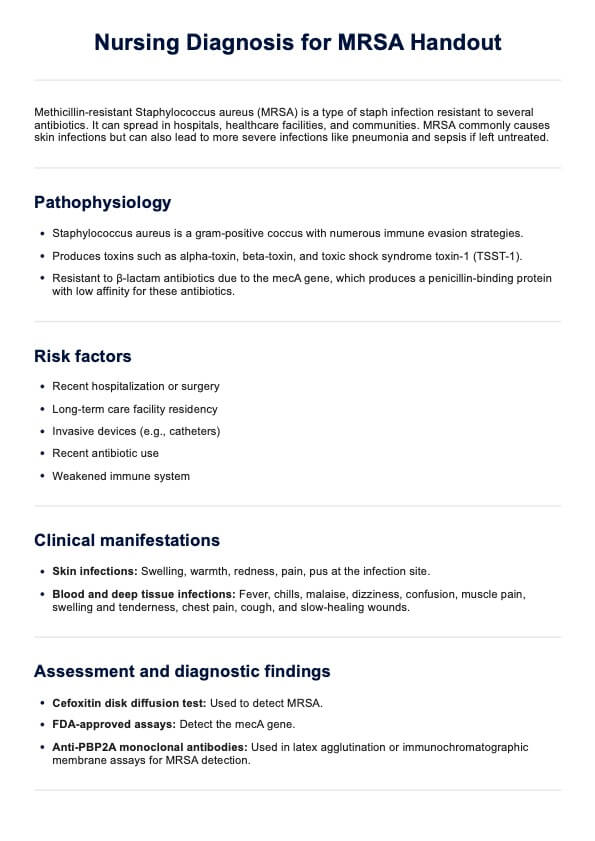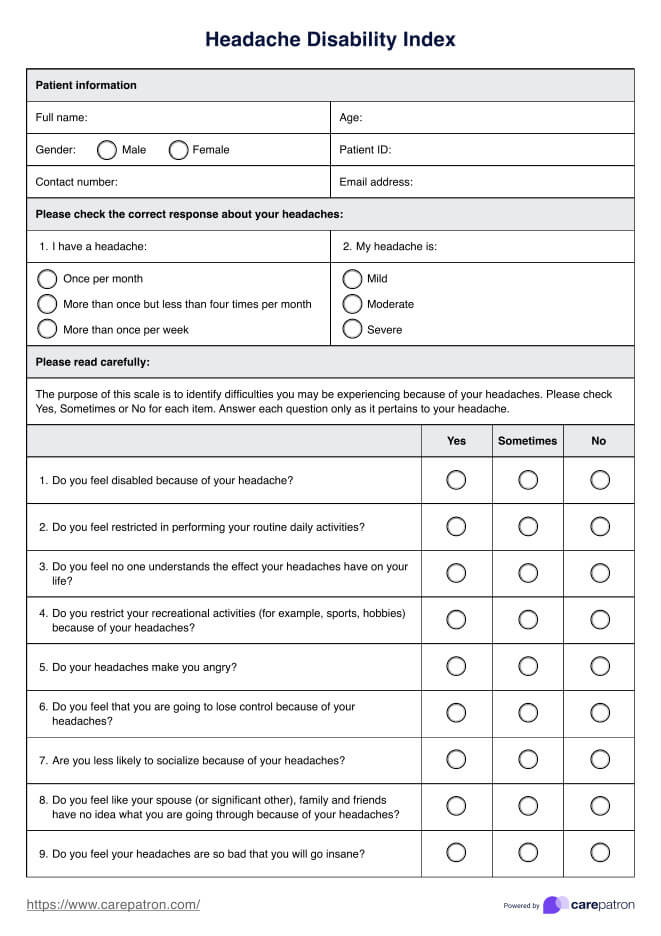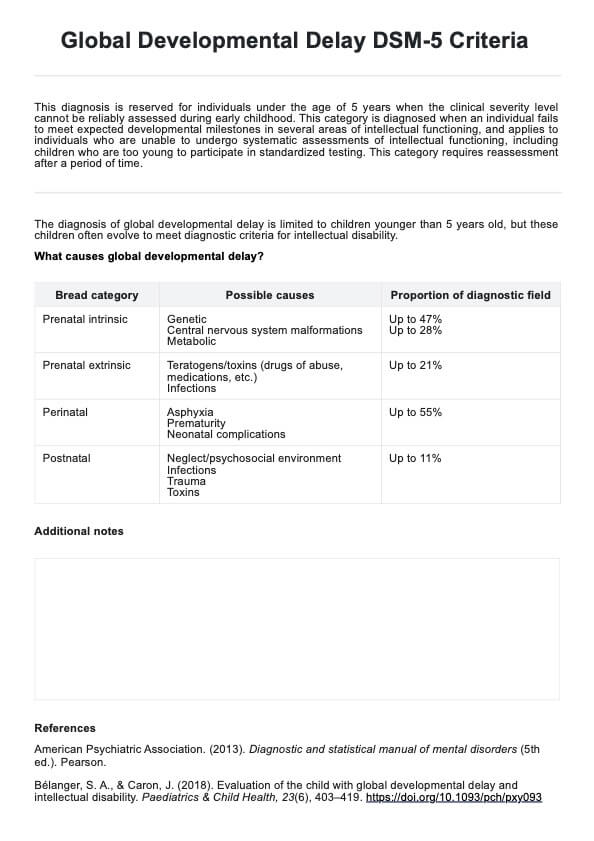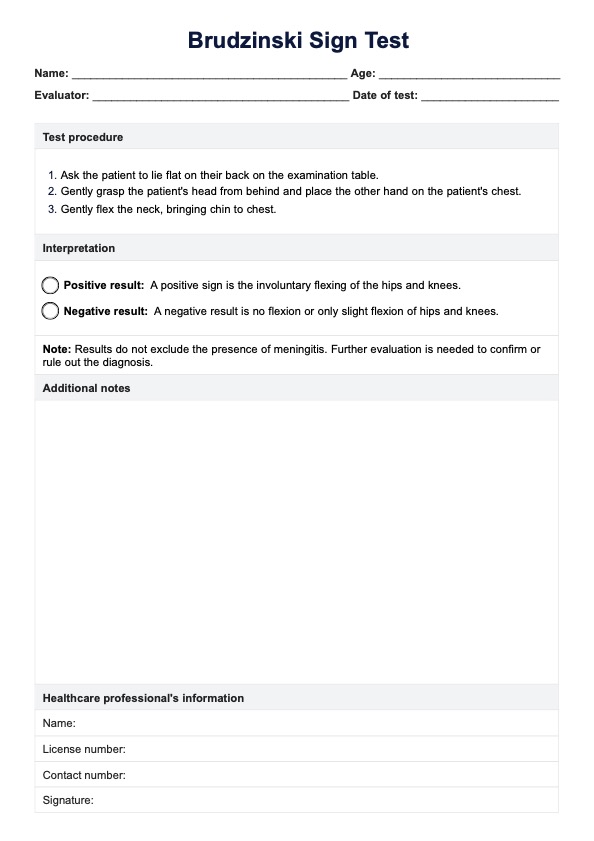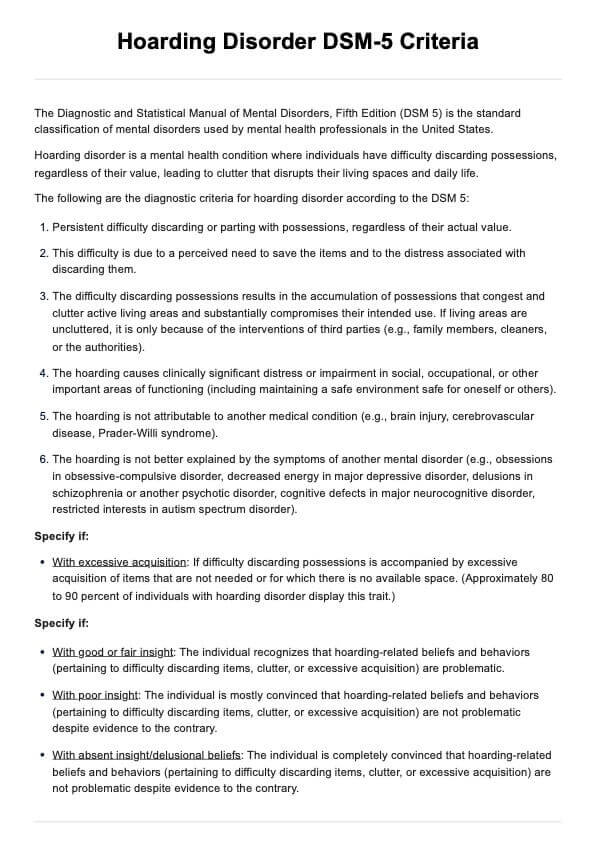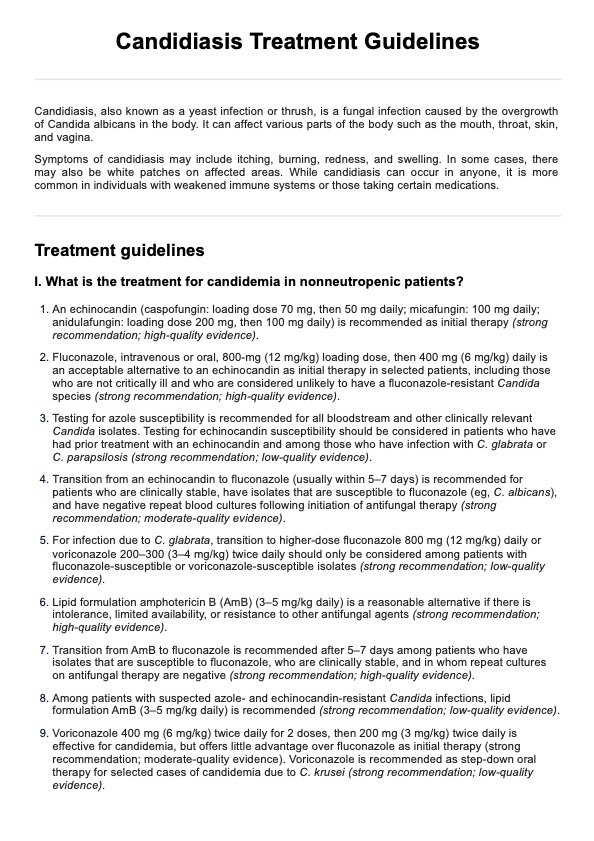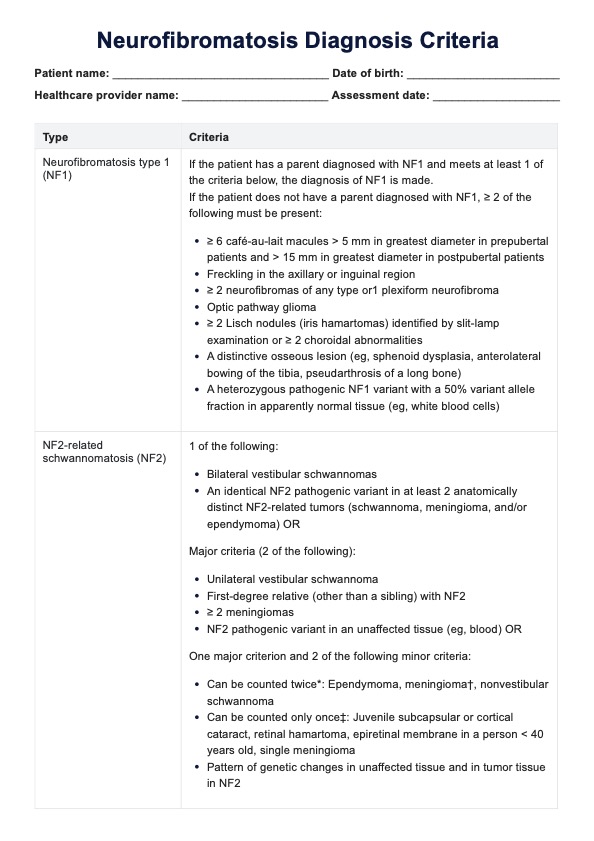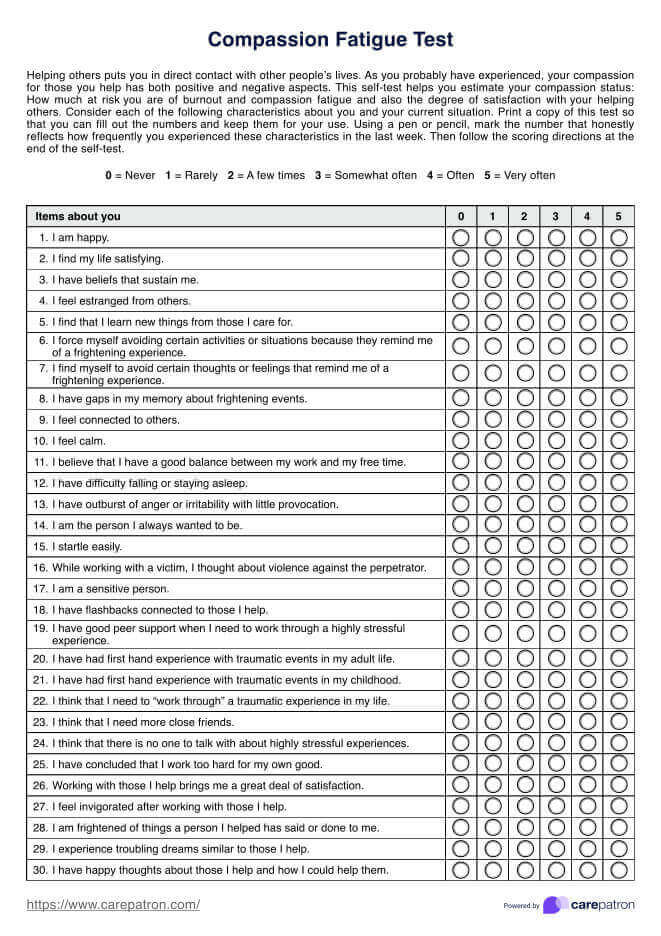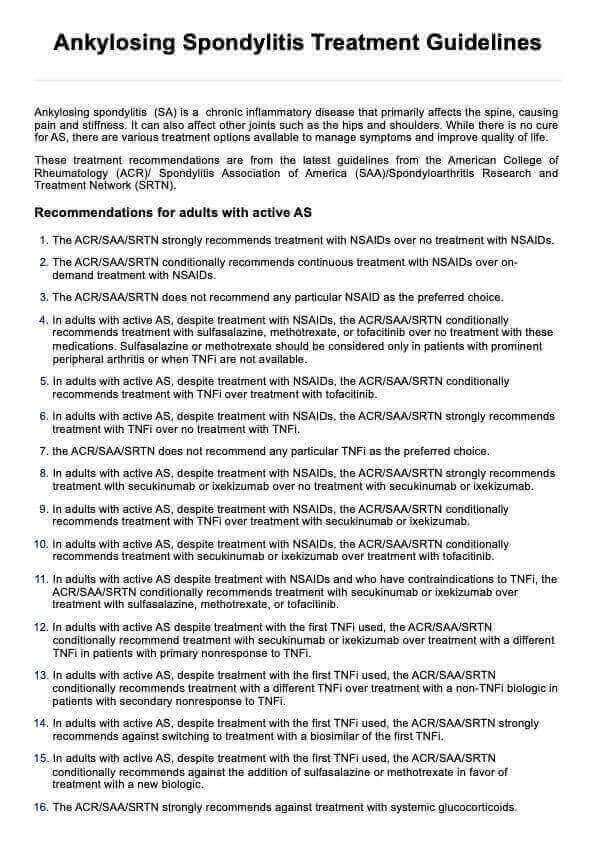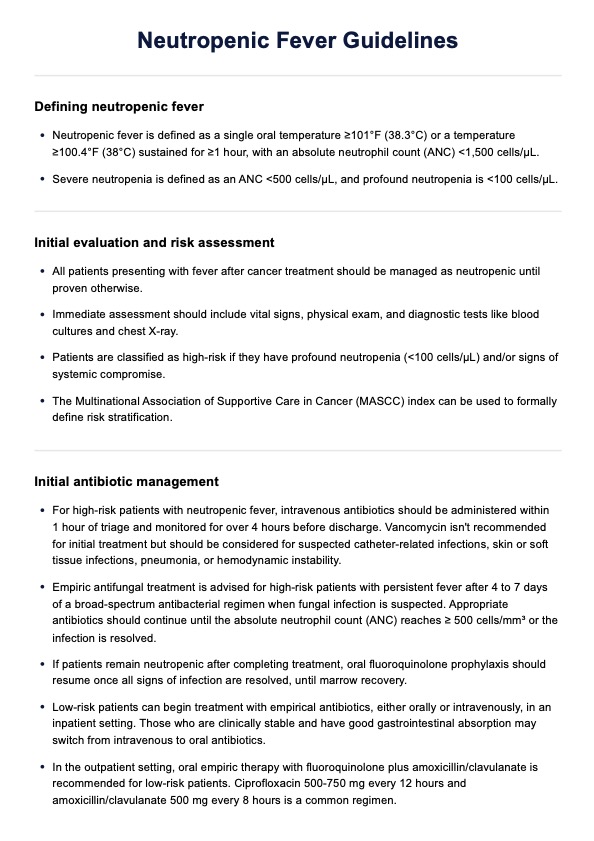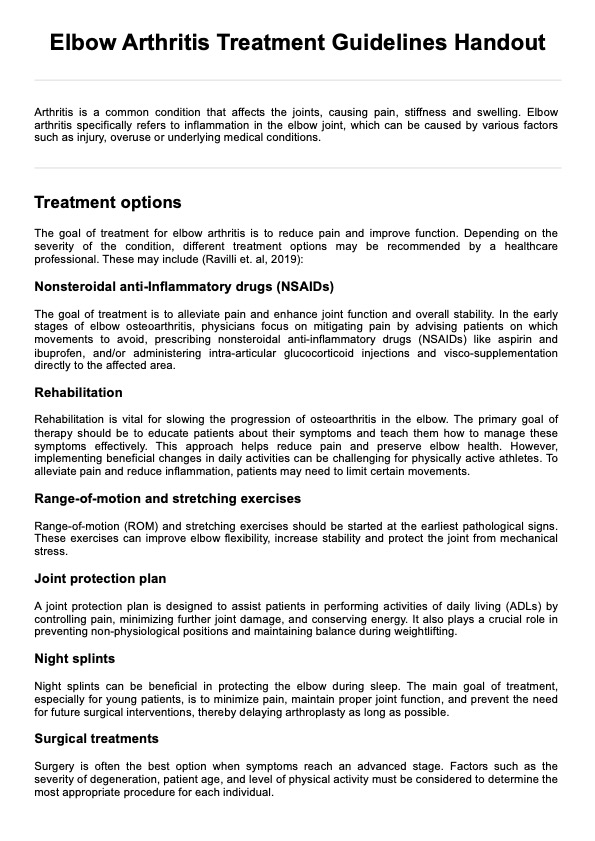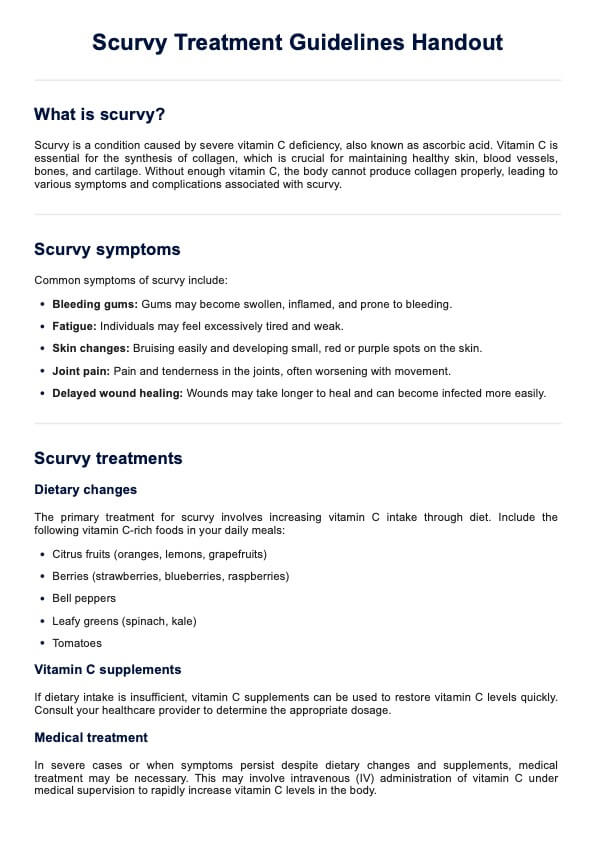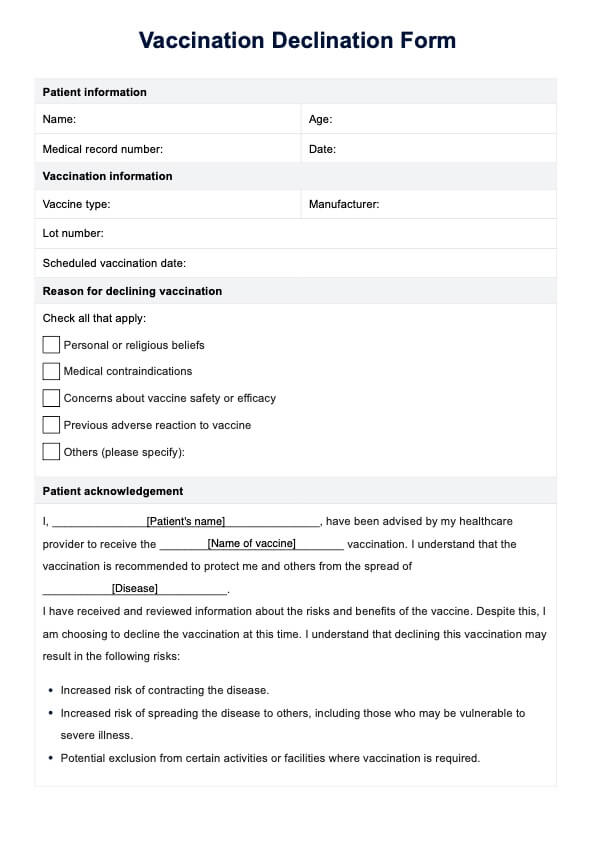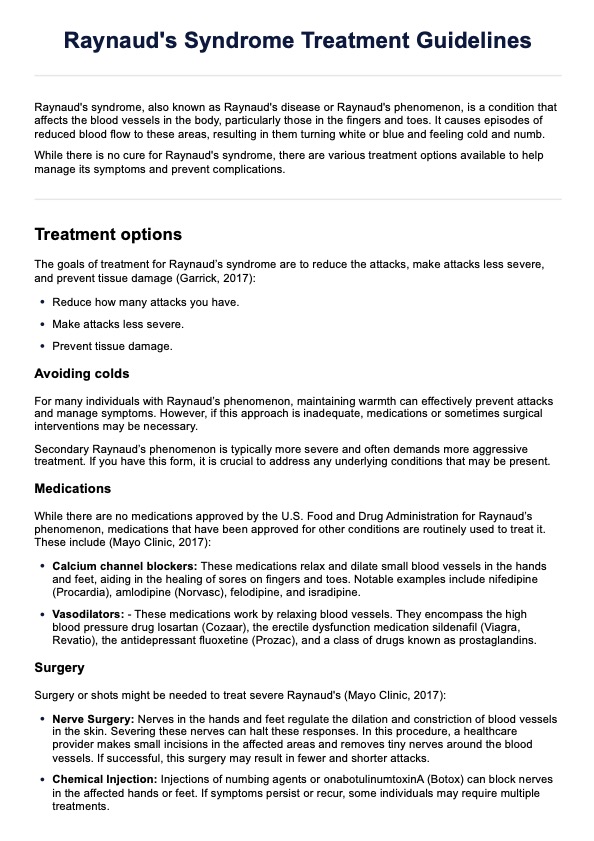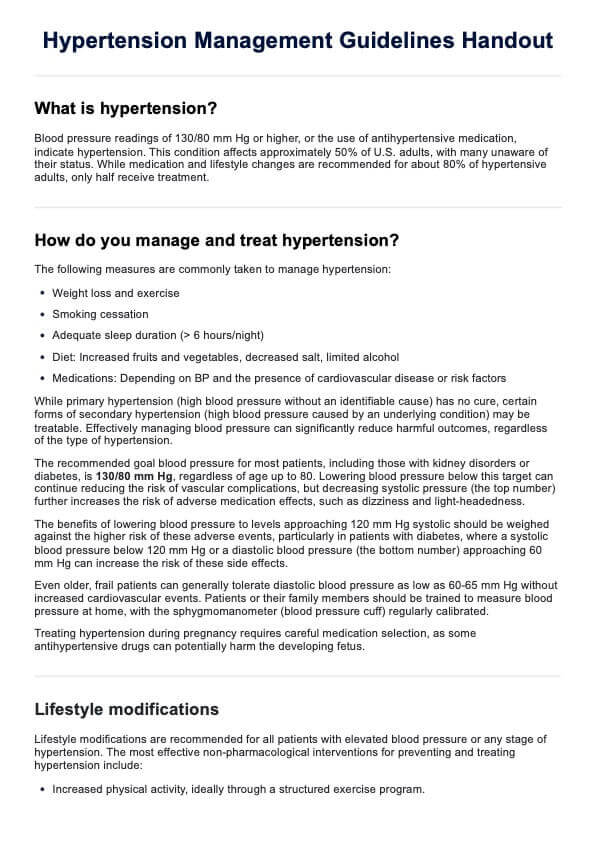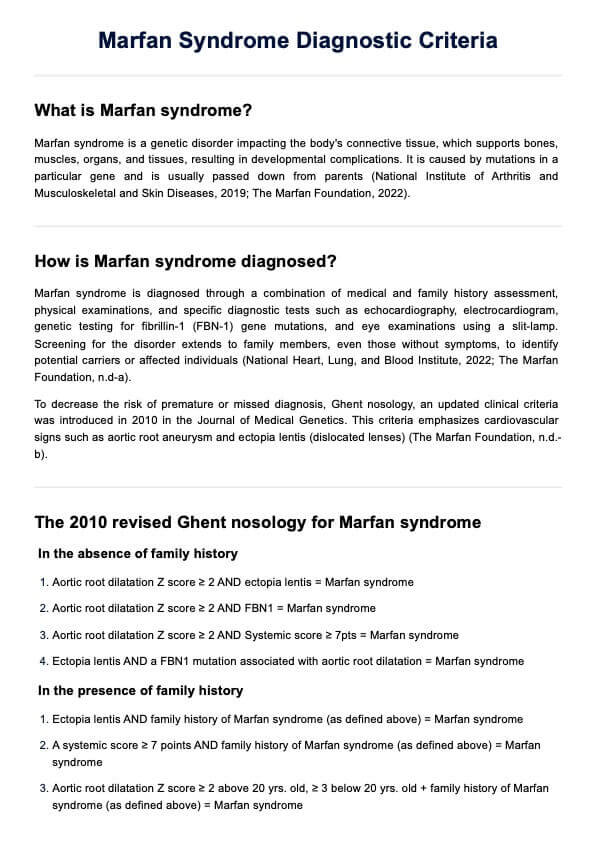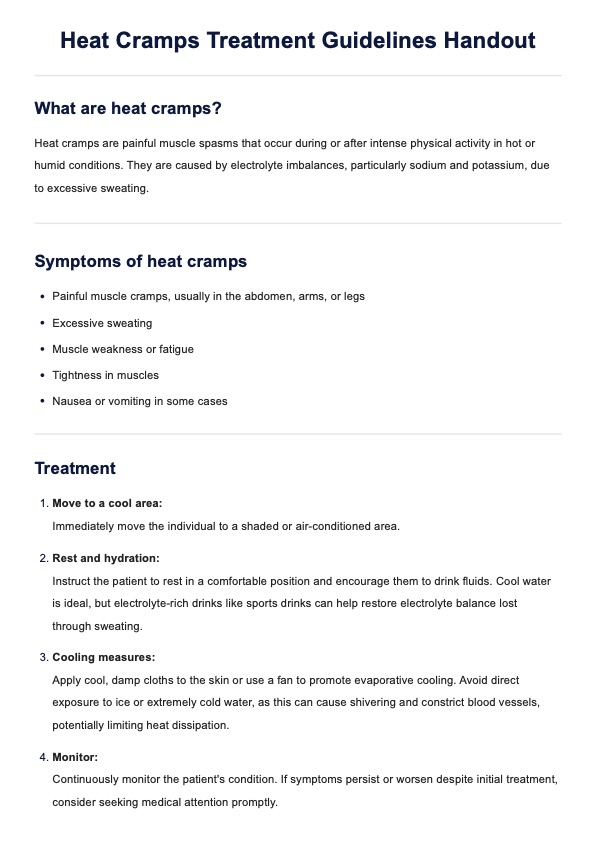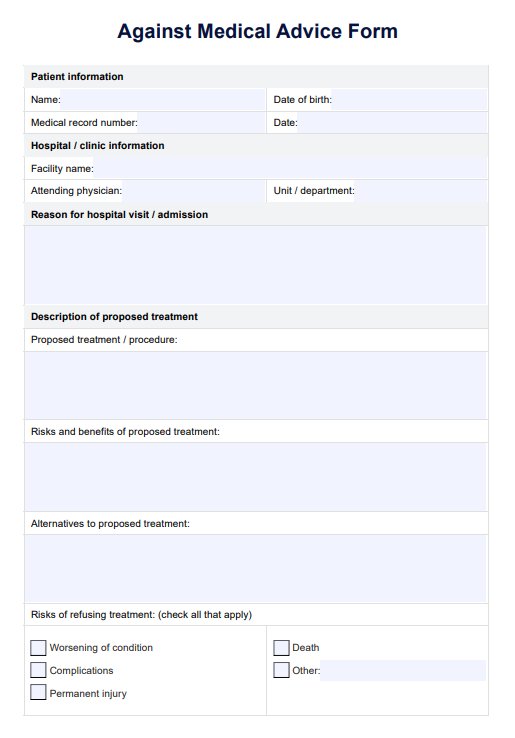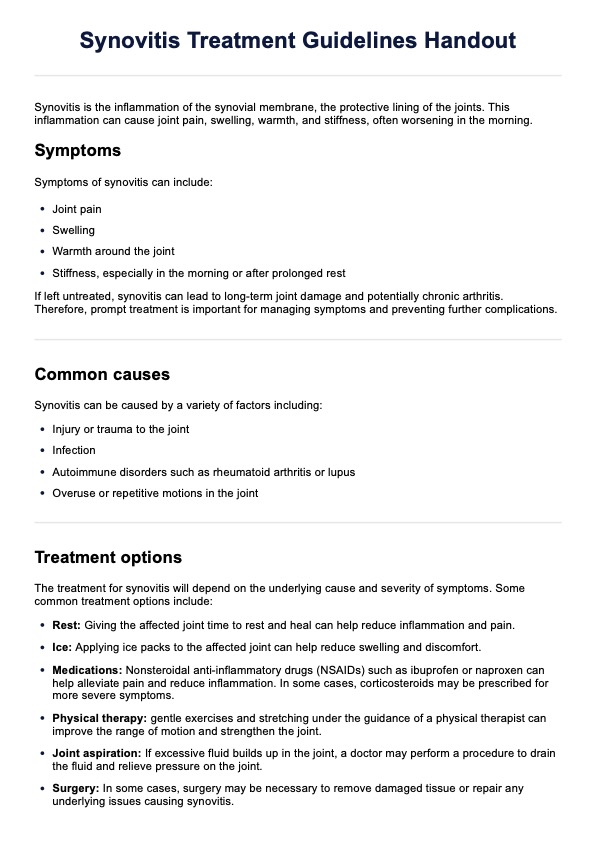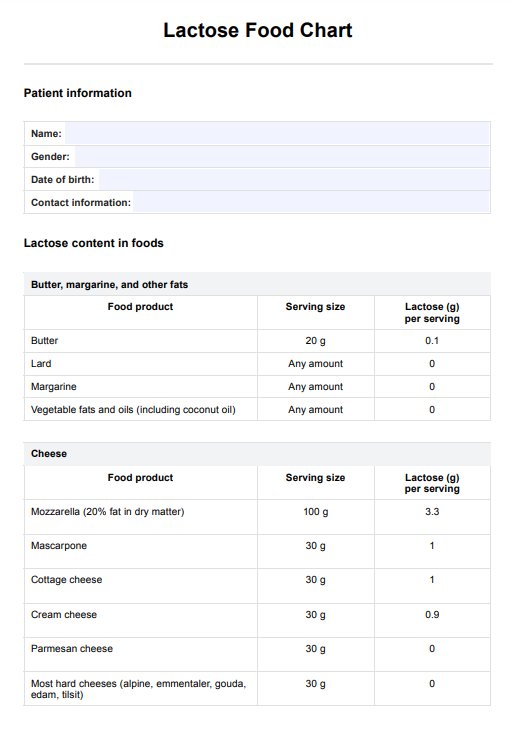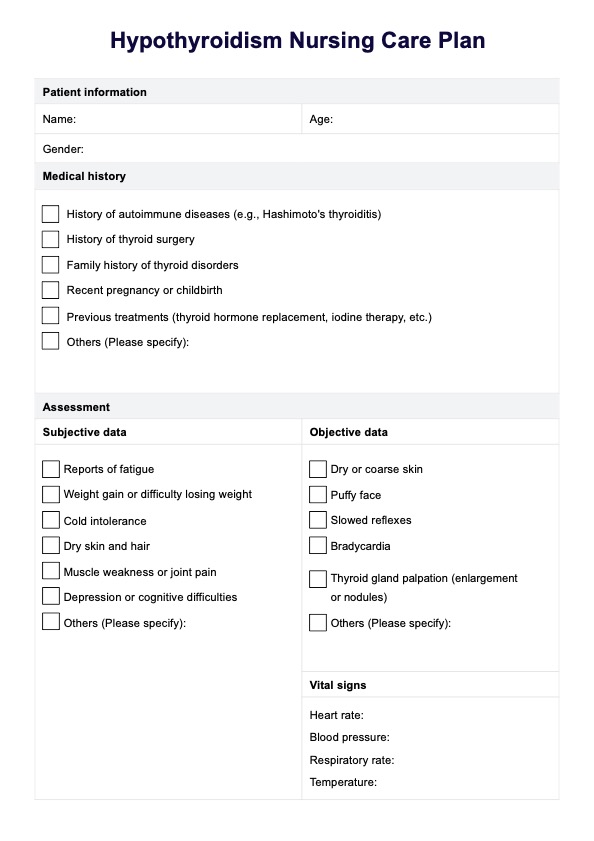Impaired Physical Mobility Nursing Care Plan
Discover the benefits of our Impaired Physical Mobility Nursing Care Plan Template. Streamline assessments, customize care, and improve patient mobility today!


What is an impaired physical mobility nursing diagnosis?
Impaired physical mobility is a recognized nursing diagnosis concerning a patient’s reduced capacity to move independently or perform physical activities due to muscle weakness, chronic pain, or neurological impairment.
This diagnosis is established through a comprehensive assessment of subjective and objective data, including the patient’s reports of discomfort, limited range of motion, and dependency on assistive devices. Physical exams and functional and initial mobility assessments to assess the patient's ability to perform particular tasks are also critical for establishing this diagnosis.
This condition can be temporary, permanent, or progressive and is often associated with complications such as skin breakdown, infections, falls, and social isolation (Wagner, 2023). It requires a nuanced understanding of various underlying causes of decreased mobility, from neuromuscular disorders and post-surgical pain to prolonged bed rest and increased risk of falling among the elderly (Wayne, 2023).
Effective nursing care involves addressing these contributing factors to promote mobility and prevent further health issues, thus ensuring better patient outcomes.
Impaired Physical Mobility Nursing Care Plan Template
Impaired Physical Mobility Nursing Care Plan Example
What is an Impaired Physical Mobility Nursing Care Plan Template?
The Impaired Physical Mobility Nursing Care Plan template serves as a structured framework for nurses to address the specific needs of patients grappling with limitations in movement. It encompasses several crucial components to the nursing process assessment to ensure a thorough assessment, effective intervention, rationale, and ongoing evaluation of the patient’s impaired physical mobility-related challenges.
The template also lays the groundwork for understanding the extent and nature of the mobility issue through a comprehensive assessment by the nurse. This template can also be useful when collaborating with a physical therapist and other healthcare providers as a reference for continuity of care and improving overall health outcomes.
How does it work?
Our Impaired Physical Mobility Nursing Care Plan Template is designed to help you effectively manage patient care by following a structured process. Here’s how to use the template in three simple steps:
Step 1: Download the template
Start by downloading the Impaired Physical Mobility Nursing Care Plan Template from the Carepatron platform. You can easily access it via the link on this page, the Carepatron app, or from our resources library. Having the template ready will allow you to document your assessments and care plans efficiently.
Step 2: Patient information and assessment
Begin by filling in the patient's basic information, including name, age, gender, and date of birth. Record the patient's relevant medical history in the provided space. Next, a thorough assessment of the patient's condition must be conducted. Document subjective data (patient's reported symptoms and experiences) and objective data (observable signs and test results) in the designated areas. This comprehensive assessment forms the foundation for the subsequent steps in the care plan.
Step 3: Formulate nursing diagnosis and set goals
Formulate a nursing diagnosis that accurately describes the patient's mobility issues based on the assessment data. The nursing diagnosis should be specific and reflect the patient's current condition. Then, establish both long-term and short-term goals for the patient. These goals should be specific and aligned with improving the patient's mobility and overall well-being.
Step 4: Plan and implement nursing interventions
Develop a set of nursing interventions tailored to address the patient's specific mobility issues and achieve the set goals. For each intervention, provide a clear rationale that explains how the action will benefit the patient or contribute to goal achievement. This step ensures that all care activities are purposeful and evidence-based.
Step 5: Evaluation and document
Regularly evaluate the effectiveness of the implemented interventions and the patient's progress toward the set goals. Document these evaluations in the provided space, noting any changes in the patient's condition, unexpected outcomes, or need for plan adjustments.
Benefits of using our template
Using the Impaired Physical Mobility Nursing Care Plan Template provides several key benefits that enhance patient care and support healthcare professionals in their daily practice:
Comprehensive and individualized care
The template allows for a detailed assessment of each patient's mobility status, helping you identify specific barriers to movement and tailor interventions accordingly. By focusing on individual needs, the template ensures that care plans are customized to address unique challenges, promoting optimal physical activity and independence for each patient.
Enhanced patient safety
Implementing our template helps establish effective safety measures to enhance mobility and prevent falls and injuries in patients with impaired mobility. The template supports creating a safe and conducive environment for patient recovery. This can then promote safe patient handling, enhancing overall safety and autonomy.
Improved pain management
Patients with impaired physical mobility often experience pain related to their condition or immobility. The template aids in assessing pain levels and guides the use of pharmacological and non-pharmacological pain management strategies. This comprehensive approach to pain relief improves patient comfort, enabling greater participation in their physical therapy, activity, and rehabilitation efforts.
References
Wagner, M. (2023). Impaired physical mobility nursing diagnosis & care plan. Nurse Together. https://www.nursetogether.com/impaired-physical-mobility-nursing-diagnosis-care-plan/
Wayne, G. (2023). Impaired physical mobility – nursing diagnosis & care plan. Nurseslabs. https://nurseslabs.com/impaired-physical-mobility/
Commonly asked questions
Clients with conditions such as stroke, spinal cord injury, fractures, or neurological disorders that affect mobility may benefit from an Impaired Physical Mobility Nursing Care Plan. Additionally, older adults experiencing age-related mobility decline may require such a plan.
The care plan typically includes assessments of the client's mobility status, nursing diagnoses related to impaired mobility, goals for improving mobility skills, nursing interventions, and evaluation criteria to measure progress.
Nurses develop the care plan based on a thorough assessment of the client's mobility limitations, functional status, and contributing risk factors. They use evidence-based interventions and collaborate with physical therapists and interdisciplinary teams to create a personalized care plan.


